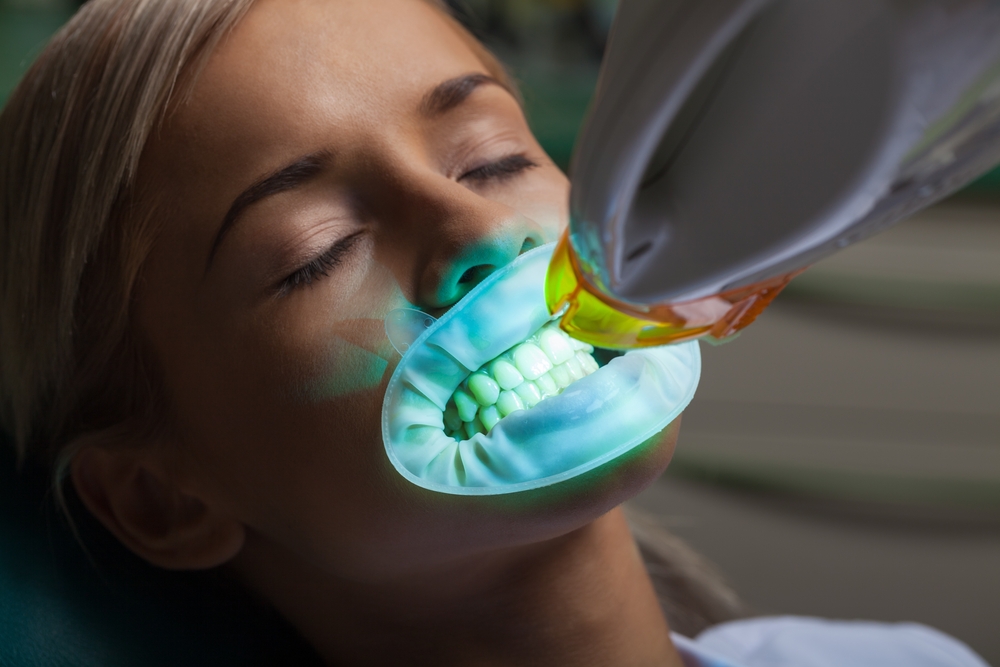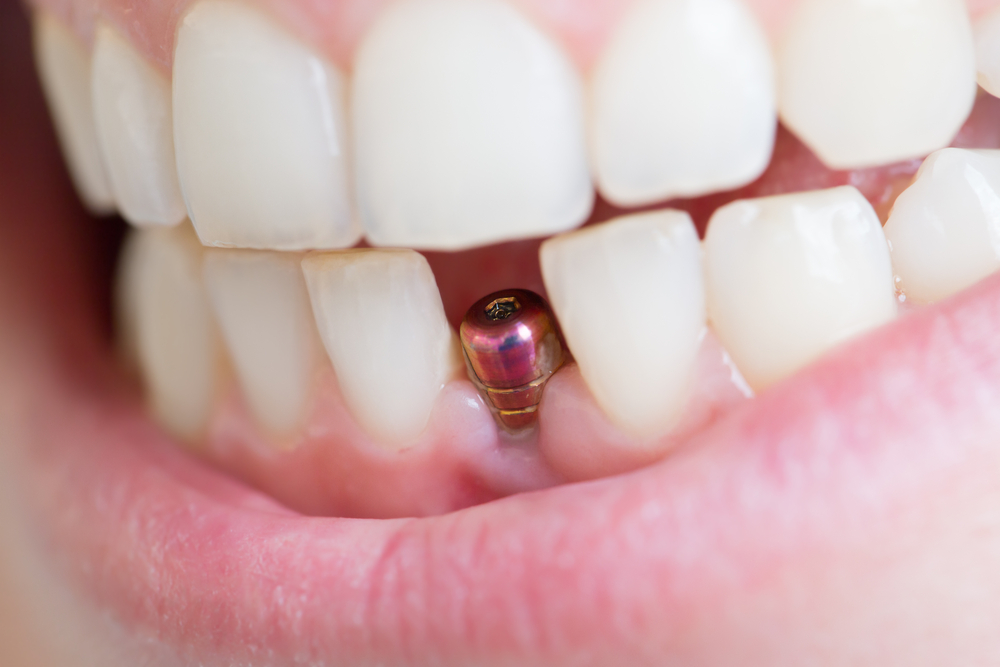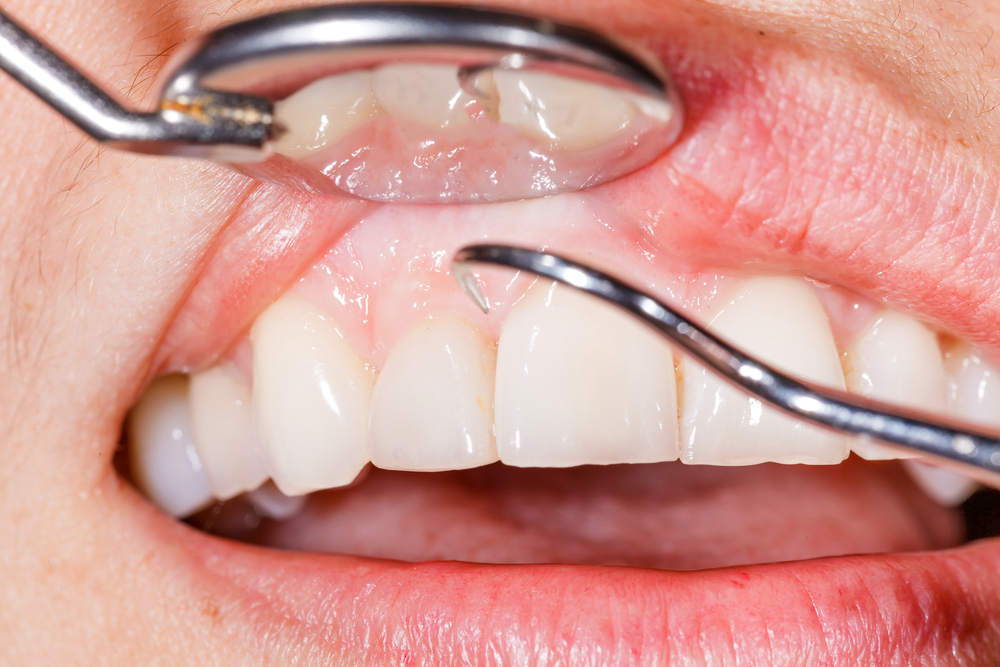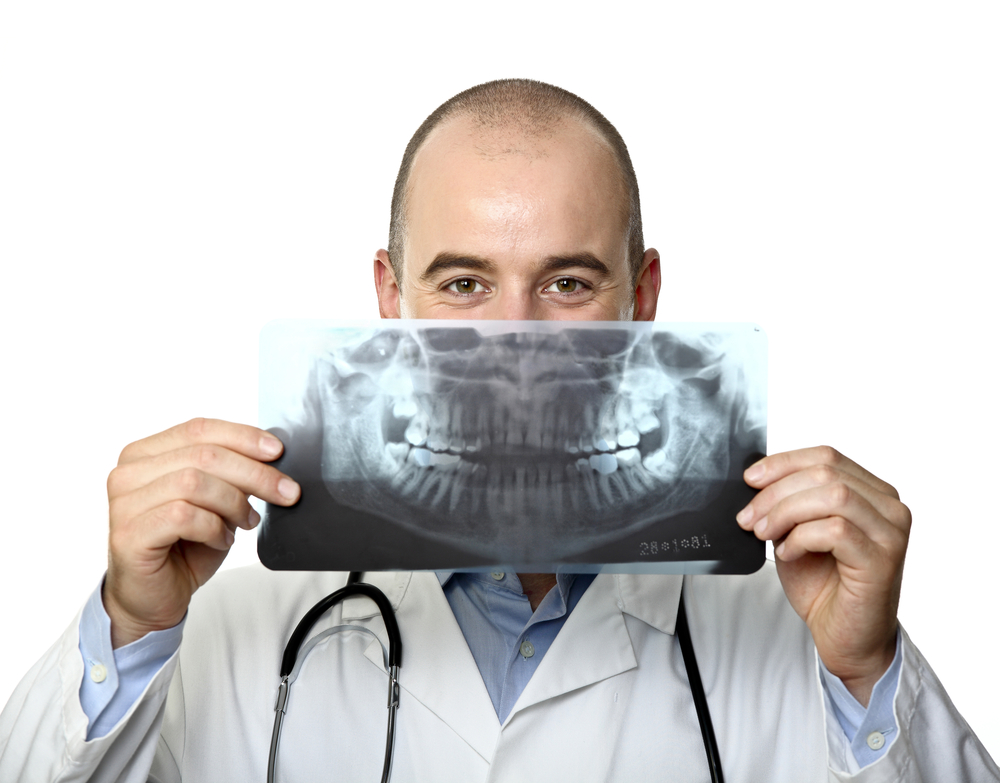Cosmetic Dentistry is about enhancing the appearance of your teeth and smile. Unlike orthodontia which affects the structure and bite, Cosmetic Dentistry is primarily focused on appearance. We’re talking about your presentation to others. These procedures are always optional and not considered medically necessary.
In fact, when it comes to payment, insurance does not cover the initial cost nor the maintenance of cosmetic dental work, which by its nature is temporary and/or unproven. In many cases, the methods are permanent and proven, but insurance will not cover them. There are other methods to accomplish most of the same results in cosmetic dentistry that may take longer to accomplish or are not as convenient to maintain.
Whitening
While teeth are not supposed to be bone white, we perceive whiter teeth as cleaner and superior to yellowed or stained teeth. Teeth discolor with age, use, and erosion of the enamel layer. Some medications contribute to discoloration as well. Whitening is one, simple way to brighten the smile.
There are three primary methods: over-the-counter, dental office, and dentist-prepared.
Over the Counter
Many over-the-counter oral care products include whitening such as:
- Coated toothbrushes
- Chewing gum
- Rinses and mouthwash
- Toothpaste
- At home strips
- Breath fresheners
- …and many whose sole purpose is to whiten.
People should beware of over-the-counter whiteners like trays, strips, pens, gels, and powders. Commercially available products, even those made to look medical-grade, can be damaging to your teeth, gums, and dental work. The bleaching agent is still Peroxide-based in most cases. Peroxide is a chemical and too much can be harmful to your gums, teeth, and other dental hardware.
At the dentist
OTC whiteners are not the same strength as the treatments available at your dentist. Dentists will protect your gums by pushing them out of the treatment area and shielding them from lasers that activate the chemicals they use. These precautions simply cannot be made for over-the-counter products.
One popular whitening method at the dental office is laser-activated gel. Greenspoint Dental uses the Zoom! technology. Zoom! can brighten up to 8 shades of white in a single sitting.

Veneers and crowns
The purpose of veneers and crowns are similar in that they cover all of or a portion of a tooth. Most frequently applied cosmetically, veneers and crowns replace the outer edges of a tooth.
Veneers
Veneers almost always are only the front-facing part of the 6/8 “canine” teeth in your smile. Bicuspids and molars are less likely to receive a veneer. Veneers, both composite resin and porcelain are designed to be permanent and will alter your natural teeth. Cosmetically, they can make teeth appear straight, uniform, and perfectly proportional in size. As a restorative service, veneers can cover decayed, chipped, or cracked teeth also.
Crowns
Crowns are like a whole-tooth veneer. When the tooth root remains healthy but the tooth has been damaged through accident or decay, a crown can be used to cap the tooth. Not just for molars, crowns can be made to cover any tooth that has lost its natural enamel and is decayed.
As a cosmetic fix, both crowns and veneers are a game-changer. They are the quickest way to improve a smile, returning function, and confidence. Greenspoint Dental has equipment in-house to take 3D measurements and manufacture crowns. In the past, for many dentists still, the process takes much longer, requiring a mold of your tooth to be made and sent to a lab for fabrication.
In either case, veneer or crown, the installation is permanent because the natural enamel layer of your tooth is removed (along with decay or damage) down to the healthy bone. Without the enamel cover, your teeth are exposed to temperature sensitivity and staining and, more importantly, to bacteria, acids, and decay. If a crown or veneer were to come loose, it will need to be reattached or replaced.
Veneers and crowns are the fastest paths to redoing the smile. With installation complete within two sessions, there is no healing time and a perfect smile on your face afterward.

Dental implants
Dental implants are the most versatile and cost-effective tooth replacement option over time. An implant can serve as a root for a single tooth or for many teeth when combined with other implants, including permanent, secured dentures.
The implant is essentially a metal or ceramic post that replaces a tooth root within your jaw bone–top or bottom. The implant allows for several types of connections above the gumline inlay. The traditional method is called osseointegration, meaning the implant fuses to the bone. In some cases, the jaw is not strong enough to support the implant and must be built up through bone grafting or repairing a fallen sinus cavity. In some cases, a plate is made to fit over the jaw and utilizes the gum as its support.
The greatest benefit of dental implants is their longevity. The implants will last as long as the bone is healthy; presumably well past the lifetime of the wearer. While the crown atop the post will eventually fail, it is easily replaced, making them the most cost-effective tooth replacement option. However, they are not the only tooth replacement option. Dentures and bridgework are less expensive. Though not as long-lasting, they may be a better financial decision for individuals.

Dental bonding
Like an amalgam filling, inlays and onlays are basically tooth-colored fillings for teeth. They can cover or replace amalgam fillings, and repair damage to the sides of a tooth. Dental bonding can build teeth up and reshape work edges, chips, or cracks.
Inlays and onlays are temporary, they will need to be replaced in time. They are a quick, inexpensive way to refresh not just your smile but the mouths of those who have had cavities and fillings in the past.

Countoring
Many smiles contain perfectly healthy teeth and gums, including straight teeth. And yet, a smile can seem unbalanced. The teeth and/or gums are not as uniform or proportional as you’d like, causing individual (or pairs of) teeth to seem too large or small compared to their neighbors. It’s not an issue of bite and/or straightening with orthodontia; it has to do with the gumline and perceived or actual length of teeth. The subtle differences in the size of gums and teeth are barely perceptible at a glance, and yet our brains do notice these variations. Fortunately, there is a solution.
Essentially the opposite of dental bonding, tooth contouring shaves away teeth that are longer than others or have abnormal shapes. Gum contouring uses scalpels and lasers to either take away gum tissue or add it to change the point where the teeth and gums meet.
While teeth will not continue to grow, your gums are a living organ and will repair themselves after contouring. Combined with gum contouring, the size and visual proportions of teeth can be altered. This can affect the visual perception of a smile.
Contouring is a solution that not everyone will need, but for those whose teeth and gums seem not to belong in the same mouth at the same time, it is a game-changer. Without longer orthodontia or veneers replacing the front of a tooth, contouring can rapidly transform a smile without fundamentally changing your smile.
Cosmetic Dentistry can do wonders for your confidence and presentation to others. For those willing to spend the resources to achieve their desired look and make the changes to maintain them, cosmetic dentistry can be a solution.
A cosmetic dentist can be any licensed dentist; no special certification is required. However, because cosmetic dentistry is an art as well as a science, it makes sense to see a dentist who is familiar with the tools and techniques. See a dentist who has done these treatments many times before; in some of these treatments, you only get one opportunity.
Greenspoint Dental has been practicing cosmetic and restorative dentistry in North Houston since 1997. With experience in each of the cosmetic services above, Dr. Bosse can educate you and make recommendations that take into consideration your budget, your goals, and your lifestyle.


